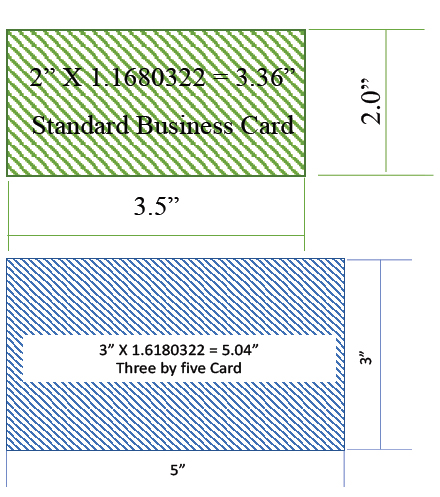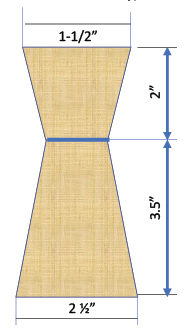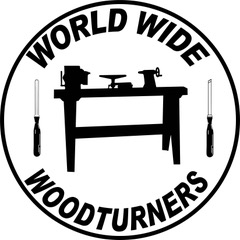
You have probably heard the term “Golden Ratio” used when designing or creating a piece. There is a technical formula for determining this ratio.
Many older turners, who simplify the math, consider it to be a 1/3 to 2/3 ratio. This could be applied to the overall size of the piece, the details placed on the exterior, or the breaking point for the lid.
The ratio offers a more pleasant presentation to the eye. If you were to review the proportions of Greek structures, you will find that the dimensions of the width to the height almost fit that calculation. Let’s take a look at simple items such as a 3X5 cards or a sheet of legal sized paper (8.5” X 14”). The width, or the length, times 1.6180322…. will be equal to the opposite dimension. For instance: take the 3” dimension, multiply it by 1.6180322 and you arrive at 4.854”. Business cards are close, but not exactly either. This dimension was established by a printer in order to get the best fit on a standard sized sheet of paper.
The Ratio will make the project more pleasing to the eye, take the accent off the joint of the lid and remove most visible objections which would detract from its beauty.

But there is nothing cast in stone which states that this is the only ratio, or that this ratio will solve all your design obstacles. What is pleasing to the eye is what attracts and entertains the observer. If you were to sketch out your piece on a medium such as graph paper, you would be on your way to a solution. You know your limitations as far as material size, your wishes for the design and what would please your gallery.
As you can see, items we take for granted very often fall within this ratio. The façade of ages old buildings was developed with this in mind. But in your turning, should you consider this? I think consider is the term best used for this. Very often a strict regimen to the ratio will take away from the pleasantries of your work.
Considering what is pleasant to your eye, it may overcome the ratio. If you can, sketch your project and compare the project, material and the intended use.
You may find that the sketch will help you solve or correct design projects before the shavings hit the floor.
Cap’n Eddie Castelin
